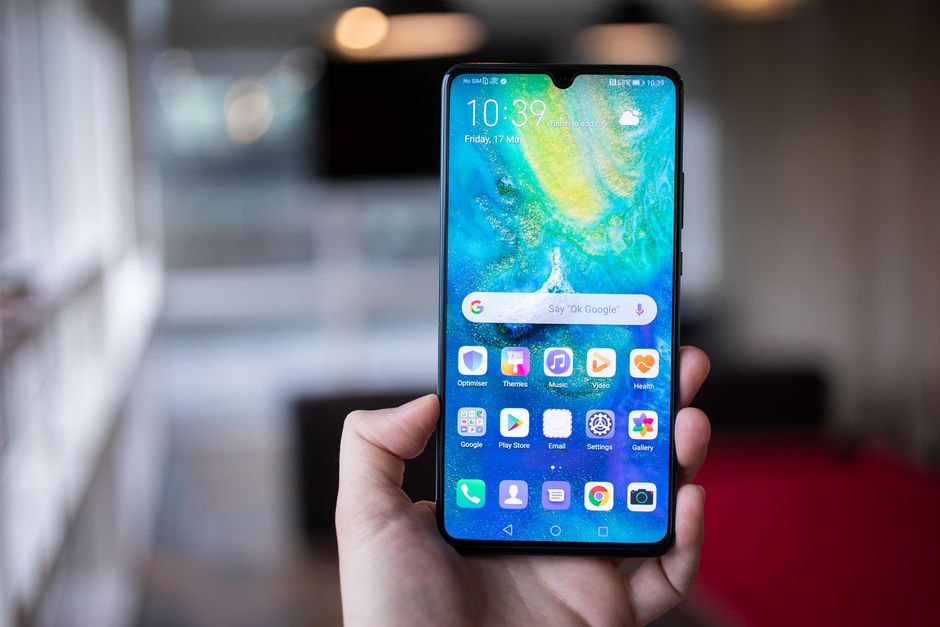
Huawei could have its own operating system for smartphones and laptops ready for use in China by fall this year, the head of the company’s consumer division told CNBC.
Still, he stressed that would only happen if the company were completely stopped from using Google’s and Microsoft’s software.
The Chinese technology giant was placed on a U.S. blacklist that required American firms to get permission from the government before selling anything to Huawei. That meant Huawei would no longer be able to license the version of Google’s Android operating system that’s complete with all of the U.S. firm’s services.
However, Washington granted a temporary 90-day reprieve for Huawei, which will allow it to continue using American technology — for now.
Huawei has said in the past that it has its own operating system waiting in the wings if it were to be permanently blocked from Google and Microsoft software. Now, one of the company’s top executives has told CNBC that the operating system could be ready by the fourth quarter of this year, with a version for its markets outside of China available in either the first or second quarter of 2020.
“Today, Huawei, we are still committed to Microsoft Windows and Google Android. But if we cannot use that, Huawei will prepare the plan B to use our own OS,” Richard Yu, CEO of Huawei’s consumer business, told CNBC on Thursday.
If Huawei isn’t allowed to use Android, it could be damaging because the phones won’t have the Google Play Store where consumers can download apps. Instead, users would need to find other ways to install their favorite applications.
However, Yu said Huawei’s own app store, known as the App Gallery, would be available on its own operating system. The App Gallery is installed on Huawei’s devices currently, but Google’s Play Store is often the default app store for consumers.
The Huawei executive stressed that Huawei’s own operating system would only be rolled out if the company were permanently blocked from using Google or Microsoft products.
“We don’t want to do this but we will forced to do that because of the U.S. government. I think the U.S., this kind of thing, will also not only be bad news for us, but also bad news for the U.S. companies because we support the U.S. business, so we will be forced to do this on our own,” Yu said. “We don’t want to do this but we have no other solution, no other choice.”
Challenges
There are several challenges that could face Hauwei’s own operating system.
Firstly, Huawei will need to make its own software have a user experience that can match Google and have the “versatility of collection of apps,” according to Neil Shah, a research director, at Counterpoint Research. Secondly, making apps secure will be key.
“Ensuring security of apps is paramount which involves scanning and certification of apps for the store which is a humongous task and could be challenging and resource intensive. The last thing Huawei would want is privacy or security issues plaguing the offering,” Shah told CNBC.
Huawei is also facing issues related to securing critical components. SoftBank-owned semiconductor firm Arm said on Wednesday that it was suspending business with Huawei. Arm creates the basis for Huawei’s own processor in its smartphones called the Kirin 980. So when Huawei talks about its own chips, they are built on Arm architecture and many are actually manufactured by Taiwanese firm TSMC.
The processor in a phone needs to work closely with the operating system in a device. If the OS is dependent on working with Arm architecture and Huawei gets blocked from using the company’s designs, that could make the software unusable.
“If they can’t manufacture their own ARM-based chipsets having an OS doesn’t matter. So not losing access to ARM IP (intellectual property) would be important as a first step,” Shah said.





























